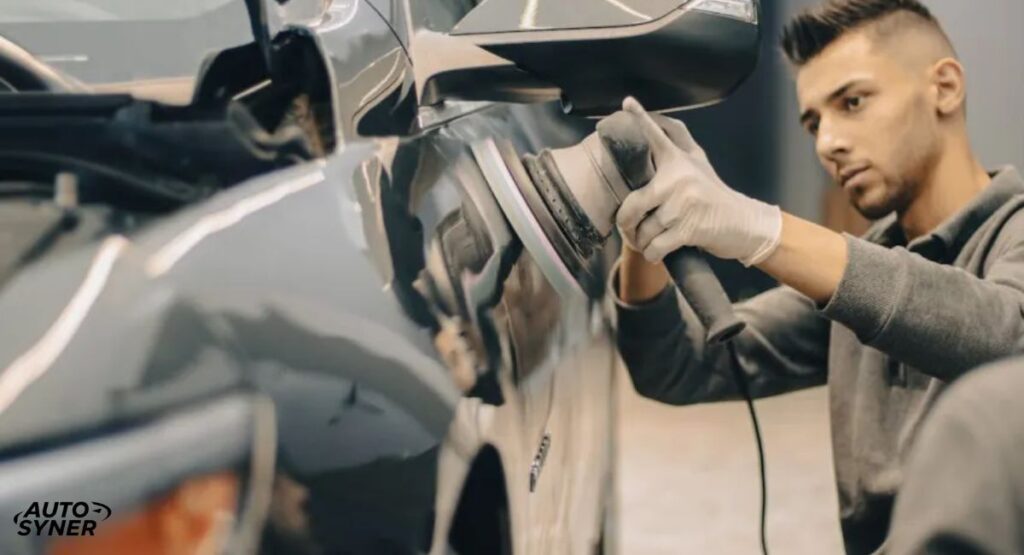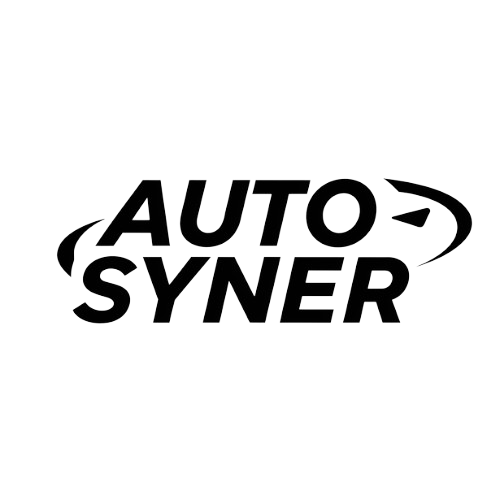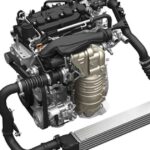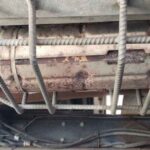Removing scratches from your car can restore its appearance and value. Scratches are more than just surface damage they can impact your car look and feel. With the right approach and tools you can fix many scratches yourself. This guide will walk you through the process step by step.
Understanding the type of scratch is crucial for effective repair. Whether it is a clear coat scratch base coat scratch or a deep primer coat scratch each requires a different technique. Follow these simple steps to clean repair and polish your car making it look as good as new.
Tools You May Need For Techniques Described Below:
You will need a few key tools to fix car scratches. These techniques are below:
- 1000-grit Sandpaper: This coarse sandpaper helps to remove rough edges from deeper scratches. Use it to level the surface and make it ready for finer sanding.
- 2000-grit Sandpaper: This finer sandpaper is used after the 1000-grit. It smooths out the surface and prepares it for polishing, ensuring a smooth finish.
- Car Polish: This product helps to buff out minor scratches and swirl marks. It restores the car’s shine and smooths out the surface after sanding.
- Car Wash Soap: Use this to clean the area around the scratch before starting the repair. It removes dirt and contaminants that could interfere with the repair process.
- Microfiber Cloth: A soft, absorbent cloth that won’t scratch the car’s surface. Use it for applying products and drying the car after washing.
- Rubbing Compound: A more abrasive product that cuts through the clear coat to remove deeper scratches. It is used after sanding to refine the repair.
- Touch-Up Paint: This is used to fill in deeper scratches and chips. Apply it carefully to blend with the existing paint and cover imperfections.
Types of Car Scratches:
There are three main types of car scratches. Clear coat scratches are shallow and affect only the top layer of paint. Base coat scratches go deeper and reach the color layer. Primer coat scratches are the most severe, going through all paint layers to the primer. Identifying the type of scratch helps in choosing the right repair method. Each type requires a different approach for effective repair.
1. Clear Coat Scratches
Clear coat scratches are the most common type of scratch. They are shallow and only affect the top layer of your car paint. These scratches are usually caused by minor debris or small rocks. They can often be fixed easily with the right tools. Using a scratch remover and polish will help smooth out these imperfections. This process helps restore the shine and appearance of your car.
2. Base Coat Scratches
Base coat scratches go deeper than clear coat scratches. They affect the color layer of your car paint. These scratches are often caused by larger debris or rocks. Repairing them is a bit more involved. You will need touch-up paint and sanding to fix them properly. Once repaired, polishing will restore the finish and blend the scratch with the surrounding area.
3. Primer Coat Scratches
Primer coat scratches are the deepest and most severe. They go through the clear coat and color layers reaching the primer. These scratches are usually caused by serious impacts or accidents. Fixing them is complex and may require professional help. The repair involves sanding, touch-up paint and thorough polishing. This process helps restore the car appearance and protect the underlying layers.
Read This Blog: Why Does My Car Shake When I Brake?
How to Identify What Scratch You Have?

To identify what type of scratch you have run your fingernail over it. If your nail catches in the scratch it’s a deeper scratch that has penetrated through several layers. This indicates a more serious issue that may require more extensive repair.
If your fingernail does not catch the scratch is likely in the clear coat layer. These are typically surface scratches that are easier to fix. Using a scratch remover or polish can often eliminate these scratches without much effort.
You can also test the scratch with car polish. Apply the polish to a microfiber cloth and rub it on the scratch. If the scratch fades or disappears it is a clear coat scratch. If it remains the scratch might be deeper, such as a base coat or primer coat scratch.
Steps to follow when removing scratches on a car
Clear Coat Scratches:
- Clean the area with car wash soap.
- Apply scratch remover with a microfiber cloth.
- Buff the area in circular motions.
- Polish to restore the shine.
Base Coat Scratches:
- Clean the area thoroughly.
- Apply touch-up paint and let it dry.
- Sand the area lightly with fine sandpaper.
- Use rubbing compound to blend the repair.
- Polish to finish the repair.
Primer Coat Scratches:
- Clean and sand the area with coarse and fine sandpaper.
- Apply touch-up paint and let it dry.
- Sand again lightly to smooth the surface.
- Apply rubbing compound to refine the repair.
- Polish to restore the shine and blend the repair.
Tips for Preventing Scratches on Your Car
To prevent scratches on your car regularly wax it to protect the paint. Park in a garage or away from trees and bushes to avoid potential damage. Use microfiber cloths for washing and drying and consider using a car cover when parked outside.
- Wax Regularly: Applying a fresh coat of wax every few months helps to create a protective barrier on your car paint. This layer guards against minor scratches and environmental damage.
- Park in a Garage: Whenever possible park your car in a garage or carport. This shields your vehicle from harsh weather tree branches and other potential hazards that can cause scratches.
- Avoid Trees and Bushes: Parking near trees or bushes increases the risk of scratches from branches leaves or other debris. Choose open clear parking spots to minimize this risk.
- Wash Your Car Often: Regular washing removes dirt dust and other particles that can scratch the paint. Use gentle car wash soap and a soft sponge or mitt to avoid scratching the surface.
- Use Microfiber Cloths: When washing or drying your car use microfiber cloths. They are soft and absorbent reducing the risk of scratches and swirls on the paint.
- Avoid Automatic Car Washes: Automatic car washes with brushes can be harsh on your car paint and may cause scratches. Opt for a touchless car wash or hand wash your vehicle to prevent this.
- Use a Car Cover: If you need to park your car outside use a car cover. It protects against dust debris and minor impacts that could cause scratches. Ensure the cover fits properly to avoid any damage.
Frequently Asked Question
How do I remove small scratches from my car?
Clean the area then apply a scratch remover with a microfiber cloth. Buff in circular motions until the scratch disappears. Finish by polishing the area for a smooth shine.
Can I fix deep scratches myself?
Deep scratches often require touch-up paint and sanding. Clean the area apply touch-up paint and sand it smooth. You may need to polish to blend the repair with the surrounding paint.
What tools do I need to remove scratches?
You will need sandpaper car polish rubbing compound, touch-up paint and microfiber cloths. These tools help in cleaning repairing and restoring your car paint.
How can I tell if a scratch is too deep to fix?
If your fingernail catches in the scratch or the polish does not help the scratch might be too deep. Deep scratches often require professional help to fix properly.
What the best way to prevent scratches in the future?
Regularly wax your car park in safe areas and use a car cover when parked outside. Wash your car with soft cloths and avoid automatic car washes with brushes.
Conclusion
Removing scratches from your car is manageable with the right tools and techniques. Start by identifying the type of scratch to choose the appropriate repair method. Use sandpaper touch-up paint and polish to fix surface and deeper scratches. Regular maintenance like waxing and careful washing helps prevent future damage. For severe scratches professional help may be necessary. Keeping your car in good condition can enhance its appearance and value.







